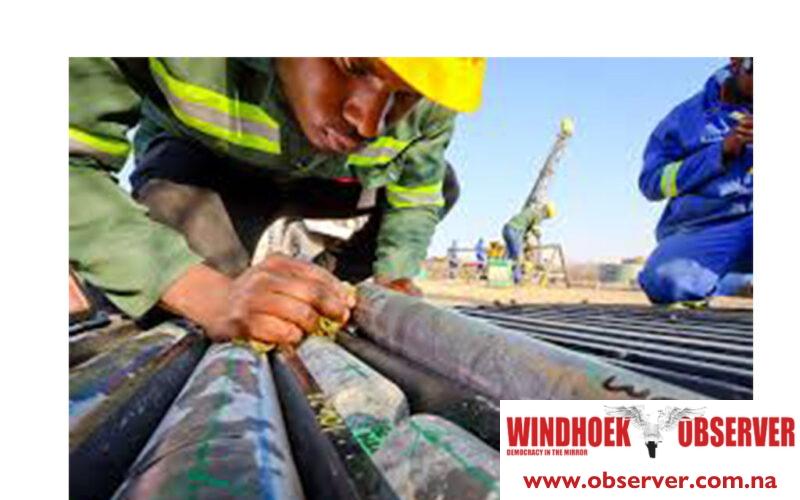CHAMWE KAIRA
Osino Gold Exploration and Mining is conducting water supply investigations for its planned mining operations at its Twin Hills Gold Mine, located 25 km northeast of Karibib within the Erongo Region.
Despite the success of water supply investigations undertaken close to the mine licence area, Osino has investigated other water sources to further secure water supply.
NamWater, in collaboration with Osino, investigated and confirmed the feasibility of abstracting groundwater from the Kranzberg Aquifer.
“This finding supports the expansion of the Kranzberg Water Supply Scheme, operated by NamWater.
Therefore, NamWater, in collaboration with Osino, proposes to abstract groundwater from the Kranzberg Aquifer and expand the Kranzberg Water Supply Scheme, an option to supply water to the Twin Hills Gold Mine.”
In a further development, NamWater and Osino have produced a draft scoping report on the proposed abstraction of groundwater from the Kranzberg Aquifer in the Erongo Region.
The report said although the primary source of water will be from groundwater abstracted on the mine site, several water supply options are being investigated to supply additional mine makeup water to compensate for any water deficit but also to alleviate reliance on a single source supply.
The report said the option to abstract water from the Kranzberg Water Supply Scheme boreholes in conjunction with the additional options is meant to alleviate pressure on a single water resource for the mine.
“The mine plant process design is aimed at maximising the re-use of water through a filtration system in the plant, which will reduce moisture content in the tailings from 50% to below 15%,” it said.
The report said that expanding the Kranzberg Water Supply Scheme will improve water security by diversifying supply options, benefiting both the Twin Hills Gold Mine and the surrounding basin.
“The pipeline through which the water will be transported will pass through Karibib and thus it will also serve as a backup supply for the town. Further, infrastructure will be owned by NamWater, who will continue to supply the area beyond mining operations.”
The project is proposed to be a conventional open-pit mine with a gold extraction process similar to the existing gold mines in teh country.
Osino is expected to employ between 1000 and 1500 people during construction and approximately 450 for the operational phase, providing jobs and livelihoods for them and their families for a minimum of 16.5 years.
The mine is expected to be a key stakeholder within the mining industry and a major contributor to Namibia’s economy.
Once the mine is operational, the economy can expect benefits from revenues during the construction phase, royalties and taxes during the life of mine (LoM), and a positive contribution towards the economy.




